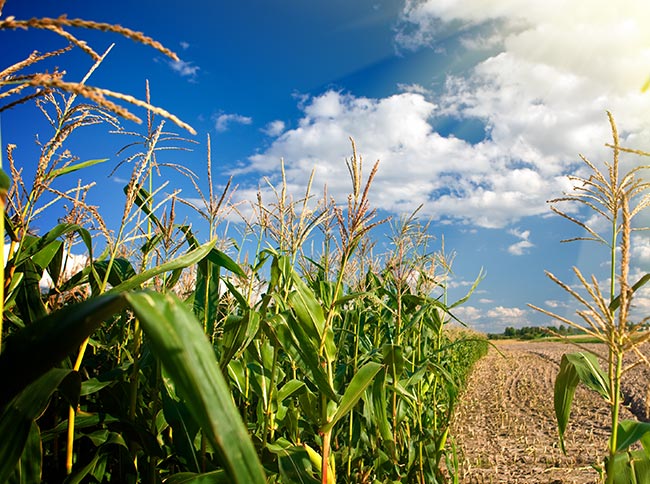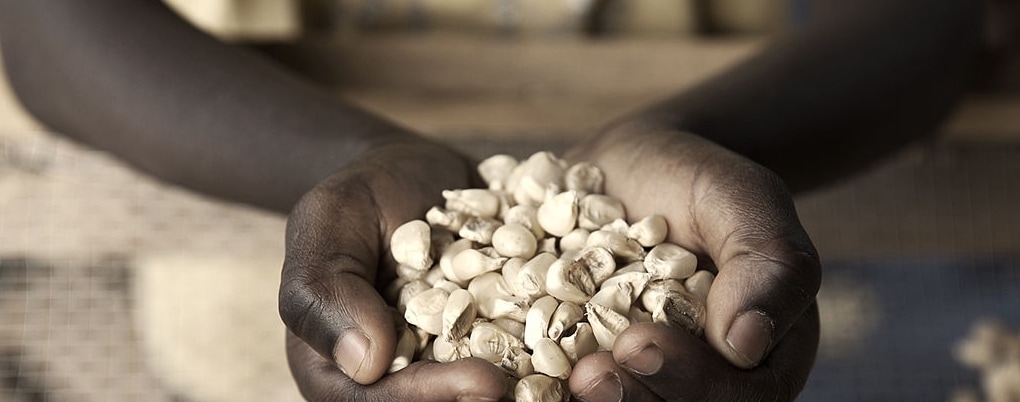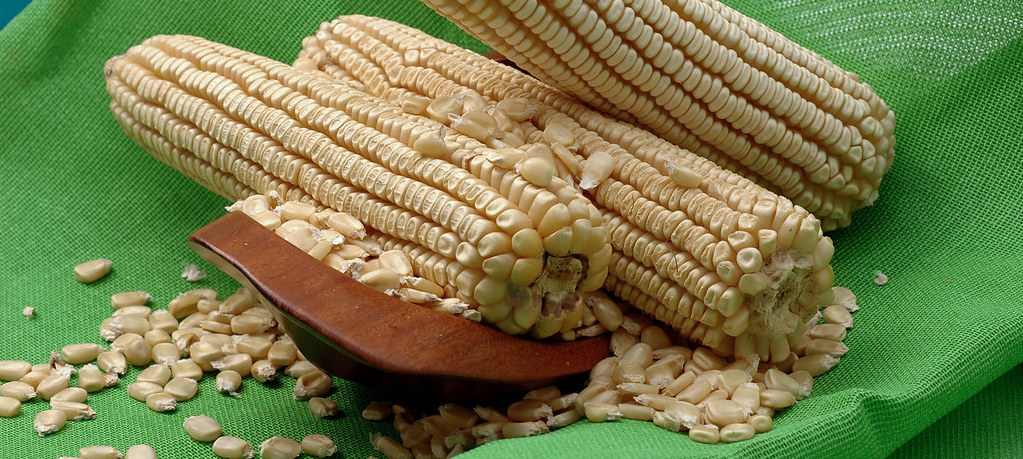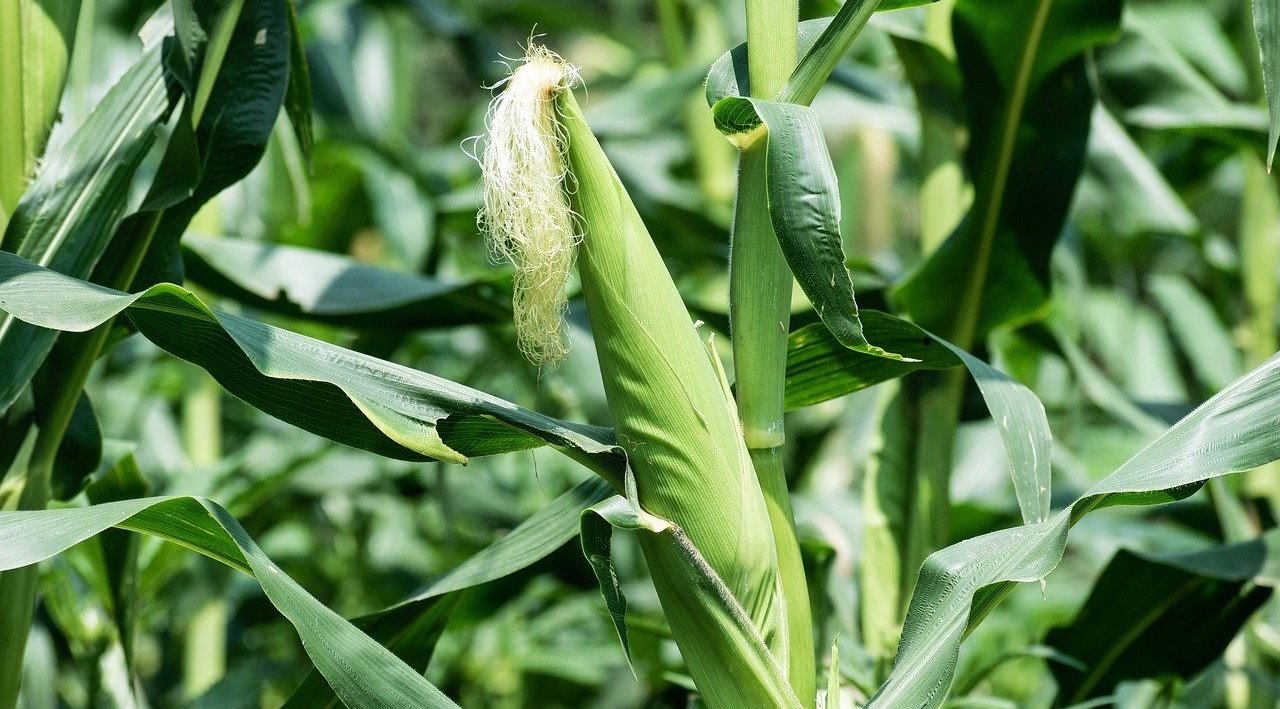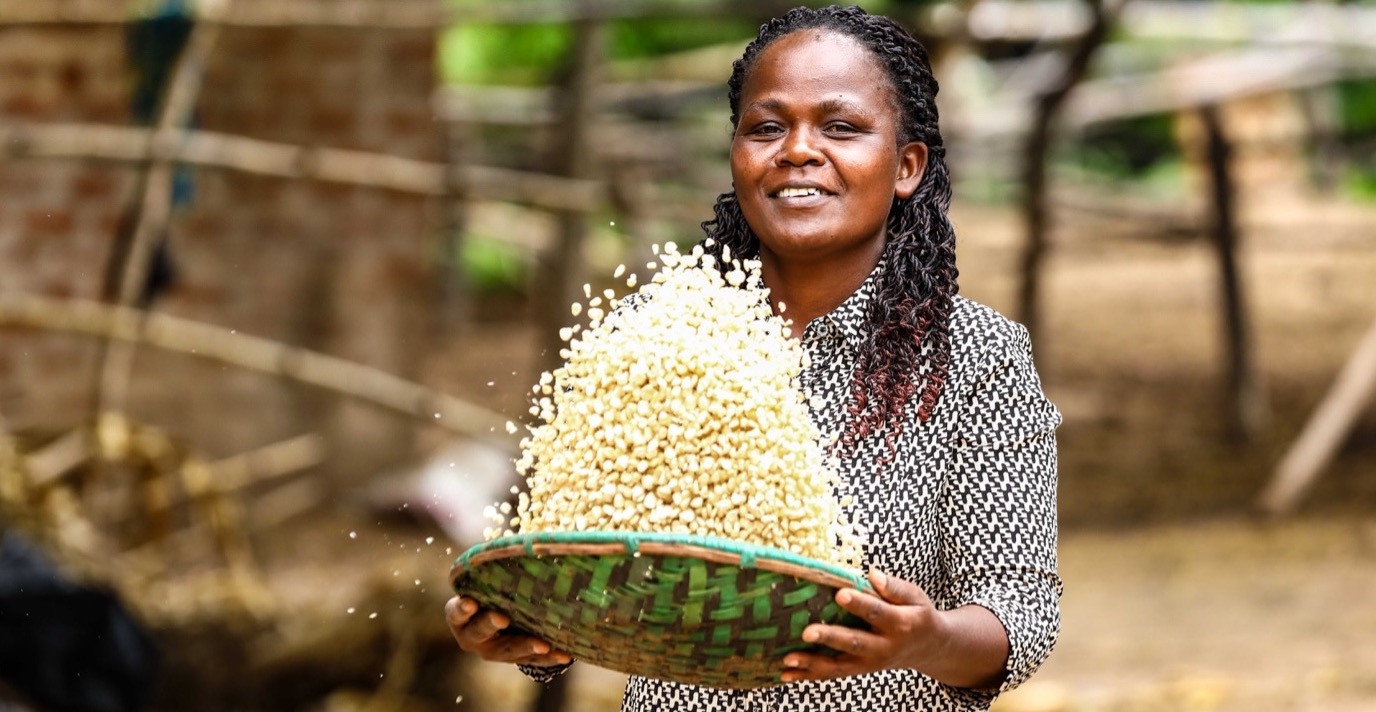Until a few years ago, Jacqueline Chirwa, a 34 year old mother of four, was a peasant farmer heading a household that was one of the millions of Malawian households relying on subsistence farming while leaving in poverty.
She had to live hand to mouth feeding her kids as her husband had trekked to South Africa searching for economic refugee.
In a country where land space is limited and scarce for both urban and rural people, the 34 year old mother was one of the farmers cultivating on small pieces of land which could hardly sustain their livelihood especially that they were using local farming methods. “Our farming had always been just to feed ourselves and that was not enough because the harvest was never sufficient to feed myself and the kids” Says Phiri who comes from the area od Chief Mwase, in the central district of kasungu, 150km from Malawi’s capital Lilongwe.
The low yields and other farming challenges did not discourage the farmer from working hard to get herself out of poverty. “I realized that maize alone would not help so I started legumes. I started soya farming which was better though still not profitable” Says Jacqueline Phiri. In 2013, she and her friends, under the banner of Kankhande Farmers Club, started working with the Clinton Development Initiative who had secured funding from the Scaling Seeds and Technologies Partnership in Africa (SSTP) to help farmers in Malawi realize maximum from their lands using modern technologies.
AGRA has been working with the United States Agency for International Development (USAID) to implement the Scaling Seeds and Technologies Partnership in Africa (SSTP), a US$47 million initiative working to give more farmers in Ethiopia, Ghana, Malawi, Mozambique, Senegal and Tanzania access to innovative agricultural technologies including improved varieties, complementary technologies, and the information on how best to manage these inputs.
Jacqueline Chirwa is among the farmers that have seen their yields increasing just by the adoption of new technologies under SSTP. “In our group we have been growing soya using new technologies introduced to us by Clinton Development Initiative. We have also been trained on how to manage pests and diseases in our fields. We have seen an increase in our yields since we started following the modern farming technologies” Says Chirwa who is now a lead farmer in her community.
From the same piece of land where she could not feed her family for a whole year, she has transformed into a self-sufficient farmer. “The training and advice we have been receiving from Clinton Development Initiative has changed my life. My yields have trebled and I can safely say that my life is better off” Says Chirwa who has now bought her own 4ha of land away from the communal land she has been cultivating. She has already built a modern house and expects to move within months. From her proceeds from Soya she has also strengthened her maize production. “I was able to buy quality maize seed and fertilizer and harvested 364 bags of maize. I only need 32 bags for the whole year for my family” She says.
30km away from Chirwa’s village, Lameck Kapula is another farmer who has seen his life and that of his family transform in just four years. “Legume farming was not appreciated in this area. We only grew maize and tobacco which have been our traditional crops. We started growing soya using modern technologies and the results have been encouraging” He says.
“Within the few years of this project, I have built my modern house and grocery store. I have also extended my warehouse so that I have enough storage for my harvests” He says.
Farming technologies have not been the only benefit the farmers have gotten from the project. Farmers have received financial management training to enable them understand profit margins. They have also been linked to major buyers of crops who offer better prices than vendors. “We were also linked to agro-dealers where we buy certified seeds and receive guidance” He says.
The beneficiary farmers and clubs also run demonstration plots where technologies are tried and disseminated to communities.
“Our personal successes aside, what is important is that we have now become extension workers in our communities. People come to us seeking advice and training. We help other farmers and clubs and they are also appreciating and benefitting”.
Through the program, 105000 farmers from six districts in Malawi have benefitted from hundreds of technologies including use of chemicals and herbicides, row spacing, conservation agriculture and ridge spacing.


